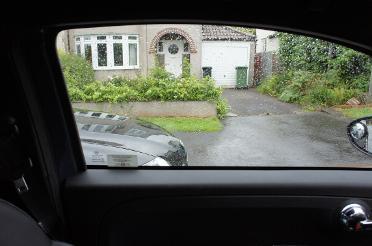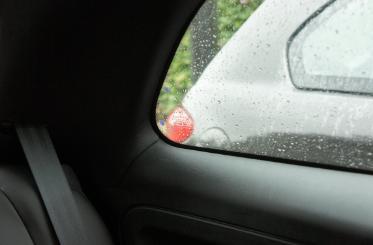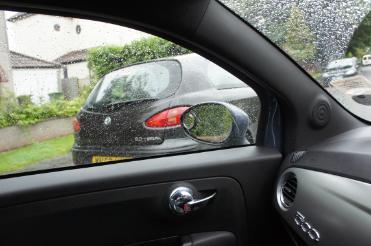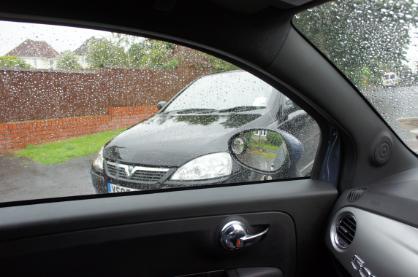Online driving tutorials
The reverse park exercise, or parallel parking manoeuvre does require you to be accurate. This is why I usually leave this manouevre until last.
Speed is the key. You want the car to be moving as slowly as an elderly person whilst using brisk hands to get the wheels on the ground facing the way you want them.
The examiner will ask you pull over well before he vehicle you'll be using for this exercise.
You'll not have to park between two cars on your exam, you'll use one car and be told not to come back more than two car lengths.
Parallel parking
Step one – You'll start some way down the street from the target vehicle. POM before moving away. Signal if necessary. Come out fairly sharp, so you have lots of time to work on getting parallel with the target car and then you can work on the distance between yourself and the other vehicle.
Coming along side the car too wide will have big ramifications on the outcome and could also hinder the progress of on-coming traffic.
You'll need a good starting position, about the width of a steering wheel from the left flank of the car to the target vehicle. Or half a metre away. Position yourself so that your shoulder is in-line with the end of the target car's bonnet. You need to stop here, gently with straight wheels.
Step two - Hand brake on to secure the car. Select reverse gear, take effective observations and whilst looking over your left shoulder move the car backwards until the ends of the vehicle are level with one another. This is tricky to do due to pillars and panels, so we need a reference point. When the end of their car appears in the back left window, stop.
The turn
Step three – Take a good, effective observation all around. You will slow other road users down here as the car swings out, so it needs to be clear both ways. When you're ready to go, turn the wheel one rotation to the left (360 degrees).
As the car moves out, get one quick blind spot check done. We're looking for other road users trying to squeeze past you at the last second. You then have time to check out the back, to make sure it's safe behind you before coming back too far.
(This next reference point varies with each driver, due to height and seating position). When the cars left door mirror tip/silver door handle lines up with the corner of the target vehicle, stop.
Some students use the edge of the sliver door handle here instead. Especially those who sit upright and towards the steering wheel.
You should be at a 45 degree angle from where you started. Observe behind to make sure it's safe and once the car moves, turn the wheel twice to the right.
Step four - The car's bonnet will swing in, towards the pavement. Keep the speed low. Expect the car to roll down the camber of the road as the wheels turn, becoming in line with the slope. Cover the foot brake to keep the speed under control.
Once the car is fully in the parking position quickly take the turn off to straighten up the wheels. That's once to the left.
When completed, stop, handbrake and put the car into neutral. The reverse park is complete.
So there are three turns. One left, two right, one left. Left, right, left. One, two, one. And that's as simple as anyone can make it.
"Wrong" way round
The reverse park manouevre using a vehicle that is in the other orientation can be more difficult. Using the end of the target car could prove impossible as the sloping bonnet doesn't appear in the rear side window. Below are some tips on how to proceed with this variant on the manoeuvre.
Start position
This is critical, more so than any other reference point. It's so important to start in the same place every time, other wise all the other reference points are going to be different.
Try using this point in the photo opposite. Come back till your shoulder is level with where the driver in the target car would be sitting, if they were in the car.
Or when looking across you're between the steering wheel and the drivers seat. Again, especially for those under 5,10" tall.
Reference points
The reference points and points of turn are the same. Take note of the photo opposite. The corner of the car is often NOT the centre of the headlight. It's vital not to go too far here.
Plan B
If you ever feel like you're going to bump the pavement on the reverse park, don't panic, there is a solution. You have an extra 1/2 turn in reserve. Just add all of it. This extra turn will help get you away from the pavement quicker, reducing the chance of hitting/bumping or mounting.
If you ever do bump the pavement whilst parallel parking, stay calm. It's just a minor mark come test day. Apply the handbrake, turn the wheel full lock to the left whilst stationary, then move forward very slowly, make sure you're parallel before straightening.
It's worth knowing how to turn the car around, even though it's not officially a driving test manoeuvre these days.
Click here to learn how the three point turn. or turn in the road as it was once known.








